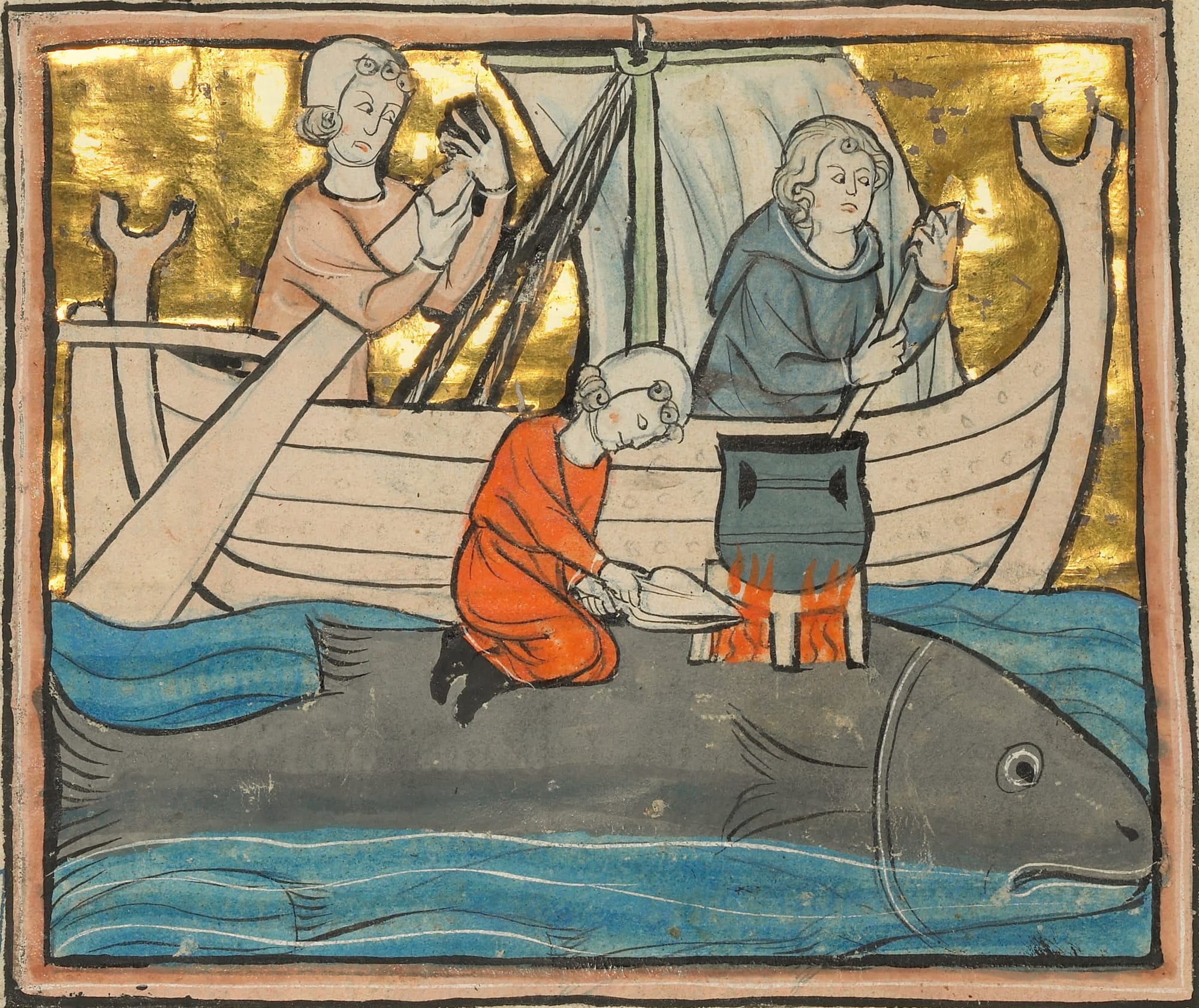In today’s globalised world, culture spreads at the speed of light. From my small apartment in Lisbon, Portugal, I can access the latest Netflix shows and documentaries produced in Hollywood by America’s gigantic production studios. But the truth is that culture does not always travel at the same speed.
Cultural imperialism is a phenomenon that was first studied in the 1970’s by the likes of Boyd-Barrett and Schiller, who demonstrate globalisation as a highly unequal process dominated by large capitalist interests in countries who possess highly developed cultural industries.
Countries like the USA and England, who monopolise the cultural industry, are able to transmit their capitalist ideology through TV shows, movies, books and all other forms of culture. Popular culture is especially good at transmitting ideology and at presenting specific representations of different classes.
Countries whose economic background does not allow them to have a global culture industry are forced to import culture from these monopolies, sometimes in detriment of their own. I grew up believing the United States was the greatest country in the world because my TV was always tuned to Fox, and the only movies that showed any production value were American.
This phenomenon also undermines the global presence of smaller cultures. Local music is often packaged and imported to America as “world music” and oriented to niche middle-class audiences. This process not only undermines the artist culturally, but also economically, as they become the target of exploitation of the cultural industry.
This globalisation not only means the homogenisation of culture (even though Netflix is producing shows across the globe, they still slap a Hollywood filter on them), but also that, as mentioned before, portrayal of classes is being dictated by the capitalist system.
Ronald Wright wrote in A Short History of Progress (2004): ‘the poor see themselves not as an exploited proletariat but as temporarily embarrassed millionaires.’. This is the motif behind popular culture representations of the working class. Joey Tribbiani in Friends is only waiting for his big break as an actor. Jerry Seinfeld and George Costanza in Seinfeld are only waiting for their show to have success. The Americanisation of Ricky Gervais’ The Office turns a depressing workplace into a fun and lively job - the same happens with copycat Parks and Recreation. Both of these constantly allude to job mobility and the possibility of promotions.
There appears to be some fantasising of the role and lives of the working class reality. Whether it serves to ease the working class’ perception of life, or to convince middle classes that they are not an instrument in exploiting the poor, it is uncertain. But some organising of the reality according to the principles of Zižek’s analysis of Lacanian fantasy seems to take place. The TV and cinema industries reorganise reality to make the real working class life a myth, while glorifying their new reality, a working class that is presented with the capability of social mobility and ascension to an upper class.
Middle class families also have their time on the spotlight of American TV. Anything from oldies like All In The Family, Married With Kids, That 70’s Show to moderns like The Middle, Malcolm In The Middle and Modern Family. Curiously, these shows tend to be a bit more critical of American life than the previously mentioned ones. Perhaps the comedy in Married with Kids and Modern Family comes from the accurate dysfunction of the American middle class household; and maybe That 70’s Show truly does represent a youth innocently obsessed with drugs, sex and popularity. Still, a consumerist way of life is preserved and encouraged in all of them and everything always turns out for the best.
Representations of the upper class usually focus on jobs more than lifestyle, perhaps in an attempt to show how hard the 1% work. Suits narrates the story of the highest-tier management of a prestigious law firm. Mad Men, again illustrates the inner workings of a prestigious ad agency.
A case has to be made for shows that do criticise class structure and status. Atlanta represents the treatment of lower class African Americans’ culture and the bias towards it in American cities. Breaking Bad shows how the American dream falters for middle class families, when a high school teacher can’t afford cancer treatment. House of Cards shows the power of manipulation of the 1% over American politics.
However, one could argue that these fall into a pattern of the commodification and commercialisation of revolutionary ideology, whereby giving consumers the illusion of recognition of the state of their society, but still maintaining consumerism as a way of life and profit from it.
Notice I only mentioned TV shows. More examples could be given with movies, books, comic books, fashion trends, celebrity lifestyle. Any of the cultural fields which America dominates.
The American cultural propaganda model, together with globalisation, has forged a world where American society is represented as ideal, progressive, and fun and where capitalism is seen as liberating and empowering. The great dissemination of ideology is propagated through culture, and therefore America holds the ideology monopoly.
Photo by William Warby on Flickr
Special thanks for our patrons, Dominic Condello, John Walker, BoringAsian, Jake P Walker, Joseph Sharples
If you want to help us reach the funds needed to keep this site up forever, please consider becoming a patron:





